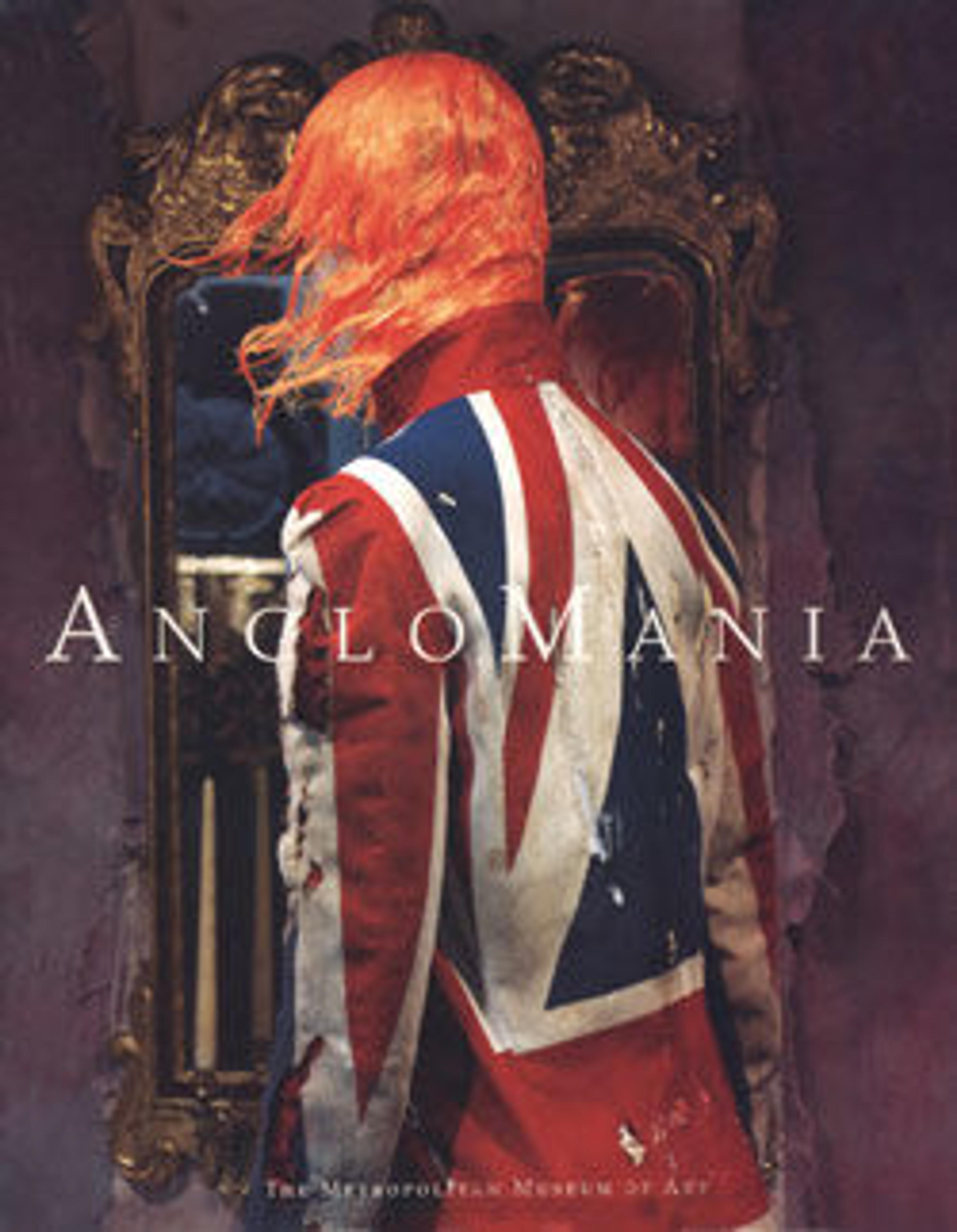"Bhutan"
With this "no heel" wedge, first explored in his fall/winter 1979-80 collection and varied over the years, Blahnik conflates a number of references and locates them in the tradition of the isolated kingdom of Bhutan. The steep arch of the eccentric cantilevered sole of the shoe creates the triangulated profile of a "Lotus" shoe, those tiny platformed booties that for centuries covered the bound feet of Chinese women, but it is also a subtle homage to Roger Vivier, who, in the 1950s, shifted the heel to the center of the arch of the foot in one of his designs. For all its vertiginous instability and impracticality, the design is finished with the coarser details of a functional shoe. One imagines that in Blahnik's fictive Bhutan-like Shangri-la, far above the Himalayan cloud line, even peasant women teeter like ballerinas or Han dancers on such shoes.
"This is the kind of work I love to do because it is free from commercial constraints. With shoes like these, I don't ever think of selling. They just satisfy the creative craving that I get. They allow me to combine different times and places: in this one, for example, I mix the brutality of Etruscan fortitude with a bit of Scottish Highlands and then a touch of the extremities of Celia Cruz, the Cuban singer who I admired so much as a child! It's completely irrational, I know, but this is the work that keeps me going."
-Manolo Blahnik
"This is the kind of work I love to do because it is free from commercial constraints. With shoes like these, I don't ever think of selling. They just satisfy the creative craving that I get. They allow me to combine different times and places: in this one, for example, I mix the brutality of Etruscan fortitude with a bit of Scottish Highlands and then a touch of the extremities of Celia Cruz, the Cuban singer who I admired so much as a child! It's completely irrational, I know, but this is the work that keeps me going."
-Manolo Blahnik
Artwork Details
- Title:"Bhutan"
- Designer:Manolo Blahnik (British, born Spain, 1942)
- Date:spring/summer 2006
- Culture:British
- Medium:leather, metal
- Credit Line:Gift of Manolo Blahnik, 2006
- Object Number:2006.512.6
- Curatorial Department: The Costume Institute
More Artwork
Research Resources
The Met provides unparalleled resources for research and welcomes an international community of students and scholars. The Met's Open Access API is where creators and researchers can connect to the The Met collection. Open Access data and public domain images are available for unrestricted commercial and noncommercial use without permission or fee.
To request images under copyright and other restrictions, please use this Image Request form.
Feedback
We continue to research and examine historical and cultural context for objects in The Met collection. If you have comments or questions about this object record, please contact us using the form below. The Museum looks forward to receiving your comments.
